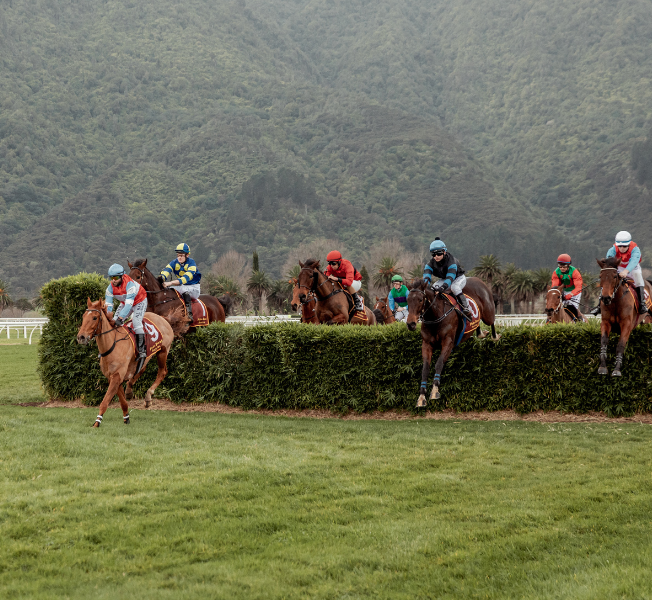New Zealand Thoroughbred Racing and NZ Jumps Committee have worked to improve safety for the horse and rider during jumps racing by:
- Investing in and developing a standardised design of padded hurdles across the country
- Rolling out safer plastic hurdle wings
- Requiring jockeys to withdraw a horse from a race when considered beaten
- Undertaking detailed reviews of horse fatalities in jumping races and preparing detailed jumping fatality reports.
Any horse entered in jumps races must hold an appropriate hurdle and/or steeplechase Certificate of Qualification for Jumping Races, issued by a Racing Integrity Board (RIB) Stipendiary Steward or other suitably qualified person.
Jumps jockeys must also undergo training and supervision before being granted a licence to ride in jumps races, which includes pre-season clinics to up-skill jumps jockeys and trainers.
NZTR will:
- Re-examine jumping fatality reports to identify any systemic reasons for fatalities, and undertake comparative analysis with other jumps jurisdictions
- Continue to work with NZ Jumps Committee and the Racing Integrity Board (RIB) to ensure that the rules governing safety in jumps racing are stringent and appropriate.






